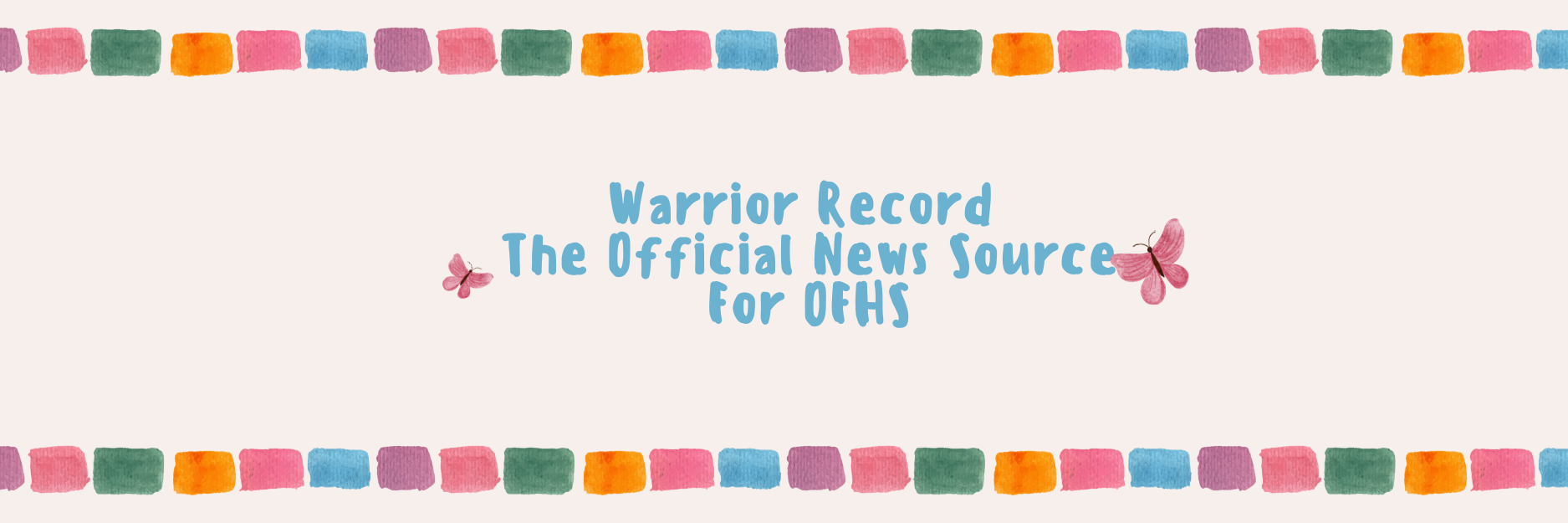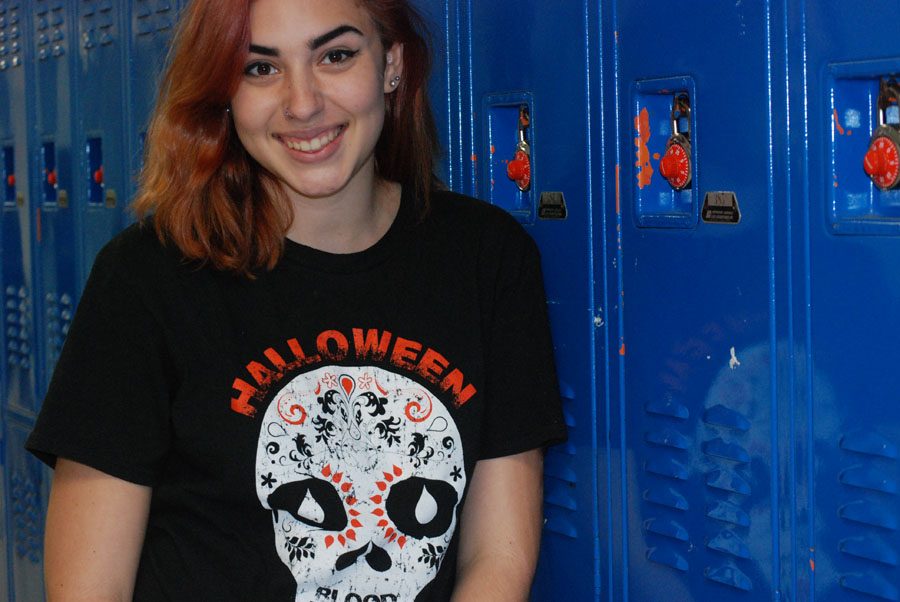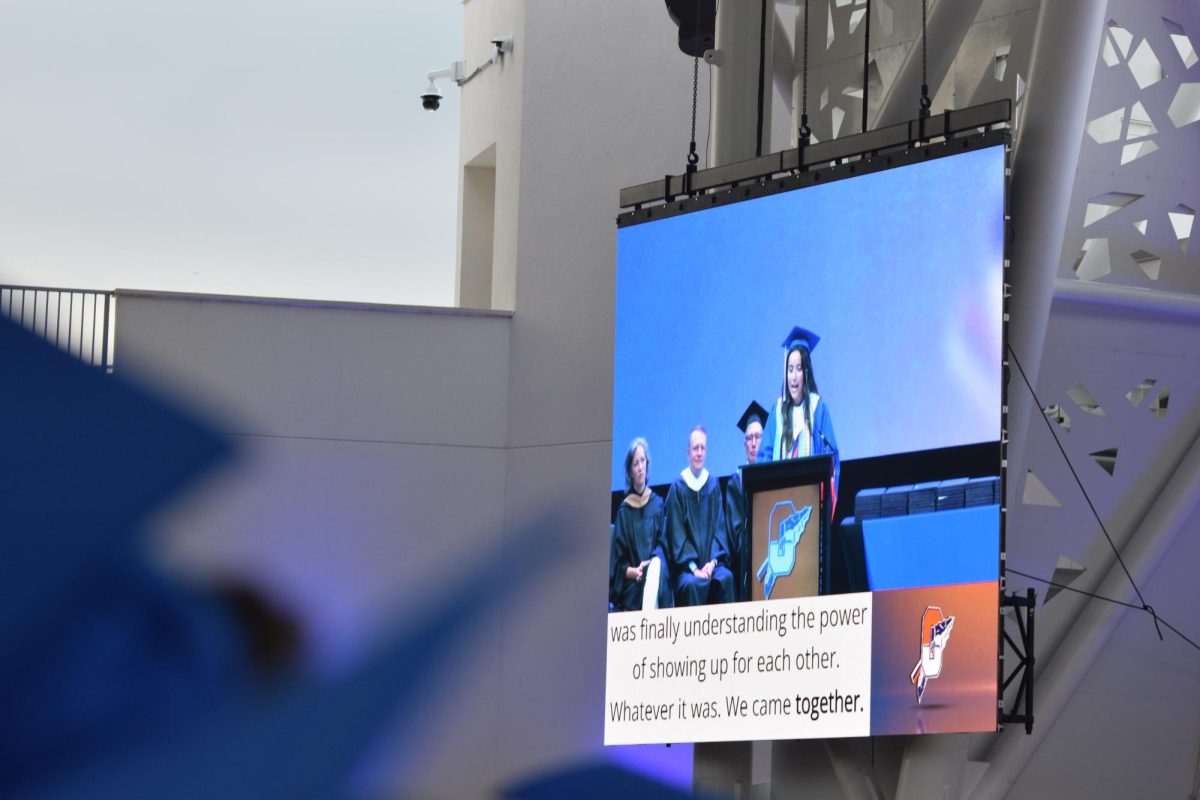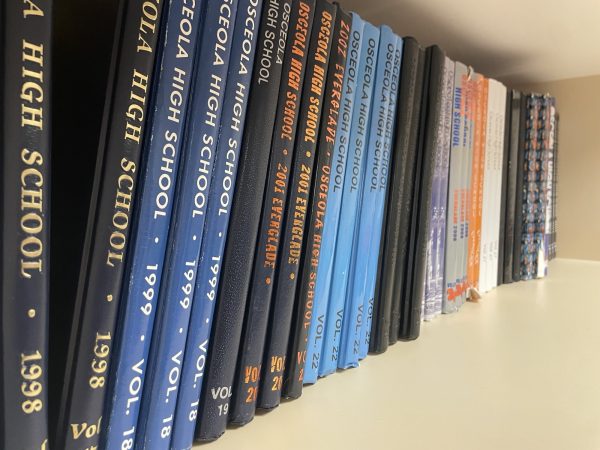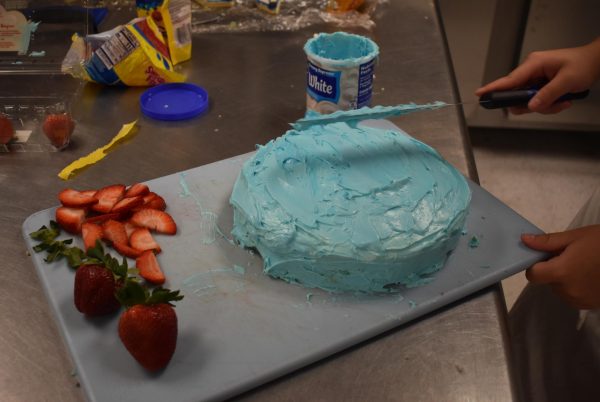Blood donations: simple but brilliant
Students who donate may receive compensation in the form of T-shirts, similar to the one pictured above.
December 14, 2016
OPINION
“The number of blood donors in the U.S. in a year is 6.8 million,” according to The American Red Cross.
Though it may seem like many people donate each year, that is not the case. In 2015, The Red Cross found that “An estimated 38 percent of the U.S. population is eligible to donate blood at any given time, (but) less than 10% of that eligible population actually do each year.” This could potentially be dangerous as in the event a devastating incident occurs, there may not be enough blood to go around to the people who need it most. By encouraging eligible friends and family members to donate, the mere 10% could increase by so much.
The donation of blood takes between 10 and 15 minutes, however the actual process that includes a physical and well check takes approximately an hour. That is 60 minutes of your time that could potentially save someone else. “Whole blood donation is what most people are familiar with.” According to OneBlood. “This is the traditional way of donating and allows us to draw a pint of blood containing red blood cells, white blood cells, platelets and plasma at one time.”
The Red Cross encourages every person eligible for donations to donate, however type O blood is the most preferred blood type to receive. This is because type O is known as the “universal donor”, this means that any person can receive this blood, no matter what their type. This is important because in dire situations, doctors aren’t able to check a person’s blood type.
Osceola’s Interact Club encourages students to donate by having the OneBlood buses roll up in front of the school and offer students a chance to donate. Often times, donors often receive compensation in the form of free snacks and waters, T-shirts, and even blankets. To be a blood donor, you must be:
- At least 16 years of age (will need parental consent if under 18)
- Weigh at least 110lbs
- Be free of any blood borne disease or illness
Blood donation is an easy and unique way to give back to the community. All donations given in the county are used specifically in local hospitals or clinics. Log on to www.oneblood.org and find a donation center or bus near you.
